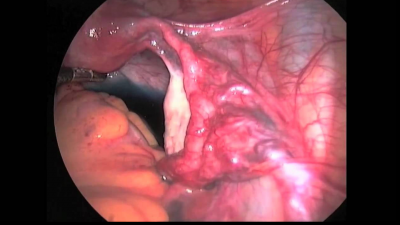What is superfeiting?
Superfetation is a phenomenon that involves the conception and development of an embryo being already in a state of gestation previously. The result of this is a pregnancy of twins with different gestational ages.
The superfeat situation is extremely rare in humans. The few cases that have occurred have been a consequence of the hormonal treatments used in assisted reproduction processes.
Below you have an index with all the points that we will discuss in this article.
Index
What is superfeiting? - Get pregnant while pregnant- 1. Definition of superfeiting
- 2. Causes
- 3. Diagnosis and consequences
- 4. Superfeiting cases
- 5. Questions from users
- 5.1. Is it normal to ovulate while pregnant?
- 5.2. What is heteropaternal superfecundation?
- 6. Recommended reading
Definition of superfeiting
According to the Royal Spanish Academy (RAE), superfeiting is defined as the conception of a second fetus during pregnancy.
To understand it better, it would be something like getting pregnant when you are already pregnant, which is a very rare event in the human being. In contrast, in other animals such as rodents, horses and sheep occurs more frequently.
Superfeat is not the same as superfecundation. The latter refers to the fertilization of two ovules released at the same time in a menstrual cycle, resulting in a pregnancy of bivitelline or bicyclic twins.

Causes
The main cause of superfeiting is a new ovulation during pregnancy due to a failure in the reproductive blocking system.
When a woman becomes pregnant, the high levels of the hormone progesterone cause an ovarian blockage and prevent the maturation of new follicles. Therefore, an error in all this hormonal regulation of the ovary is responsible for superfeiting.
Ovulation while pregnantIn addition, it is also necessary that two other events take place so that a new pregnancy can occur:
- The penetration of sperm by the cervical mucus of the cervix, much denser and with an antibacterial action.
- A receptive endometrium for a new embryo implantation and without affecting the already implanted embryo.
All these unusual phenomena have been associated with assisted reproduction treatments, where women must be given high hormonal doses for ovarian stimulation.
Normally, the gestational difference of the two implanted embryos is 2-4 weeks. In fact, it could happen that babies born of a superfeature have two different parents if the woman has unprotected sexual intercourse with another man a few weeks after becoming pregnant.



Questions from users

Comments
Post a Comment